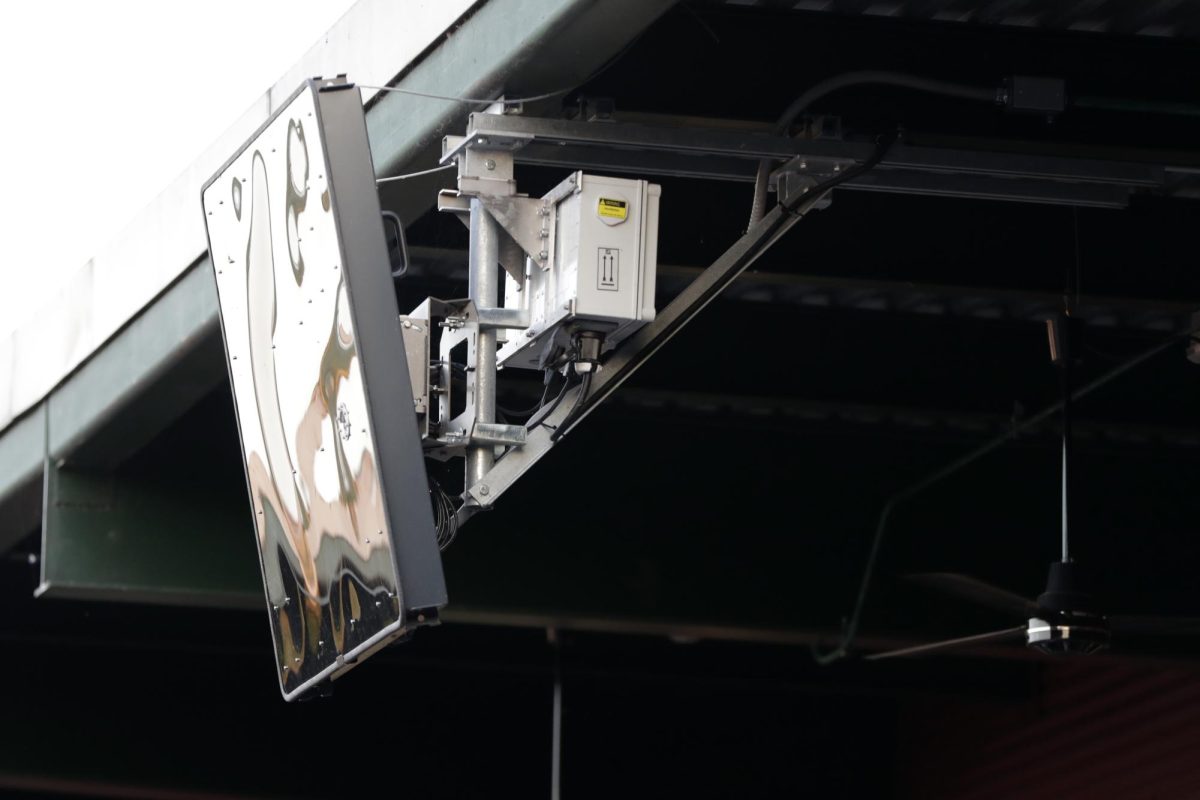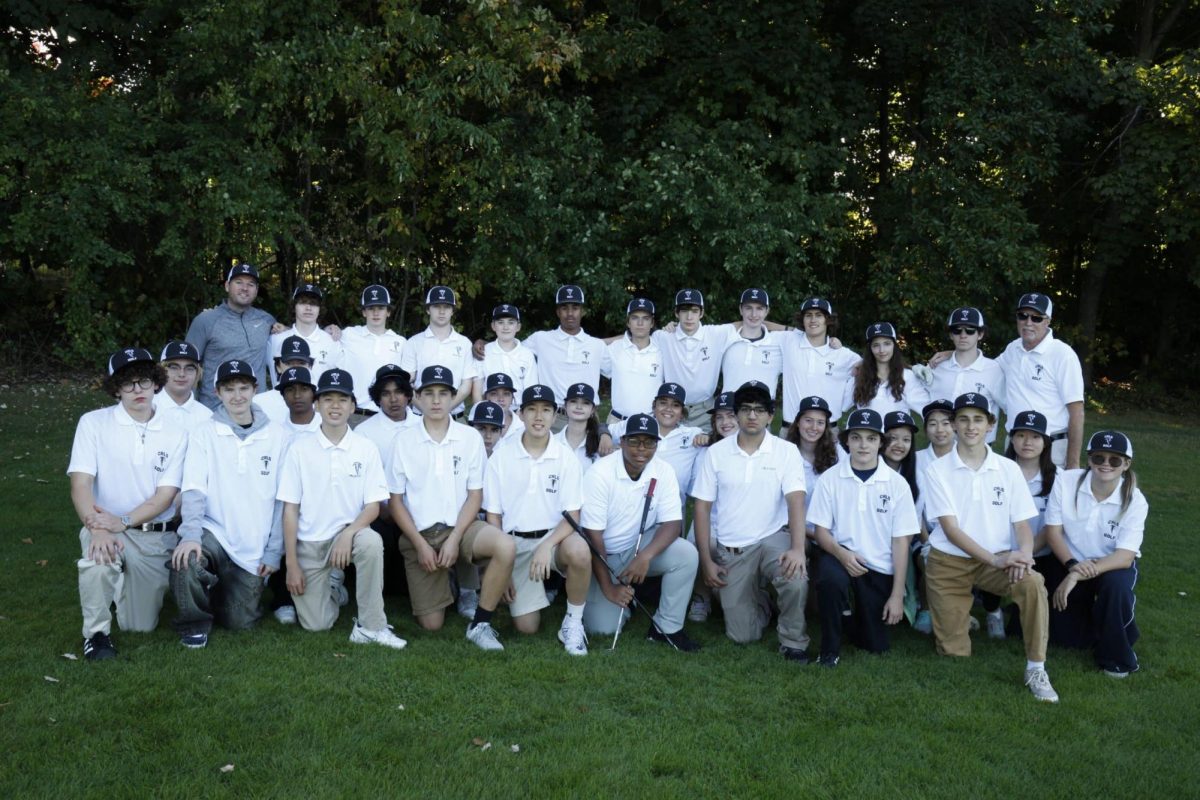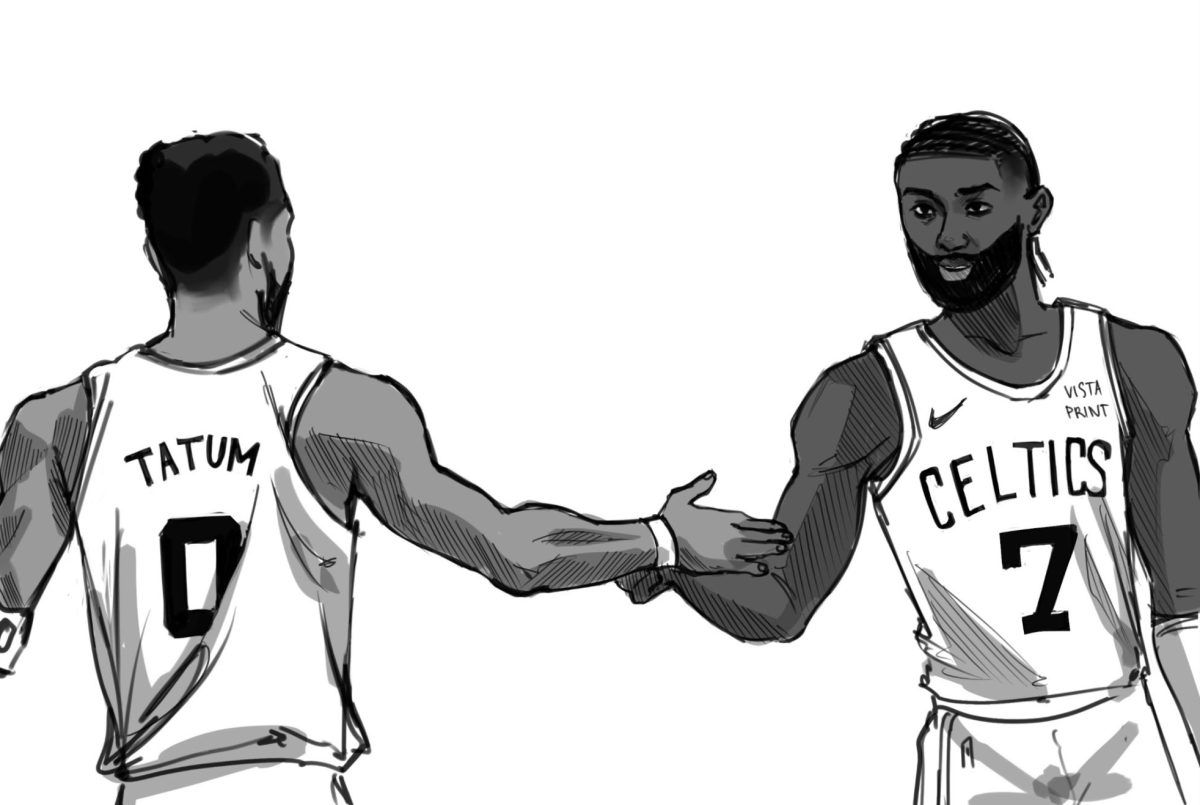On August 7th, Yankees manager Aaron Boone went face-to-face with home plate umpire Laz Diaz, imitating the umpire’s distinctive strike three call and demonstrating with a line in the dirt just how terrible his strike calls were. It was an all-time ejection, contending with Lou Piniella’s hat-kicking episode in 1998. Even though the pitch that set Boone off his rocker was actually well within the strike zone, Laz Diaz made several awful calls throughout the game. In fact, according to Umpire Scorecards, Laz Diaz’s umpiring favored the White Sox by 1.59 runs, a number that can potentially decide the winner or loser of a contest. In today’s MLB, technology is in place to eliminate these mistakes, using essentially perfect trackers to determine if the pitch nicked any part of the strike zone. While this makes the game more fair, is it really worth losing the imperfections of umpiring that led to Boone’s viral moment?
In Triple-A this season (Minor League Baseball), the “robo-ump” has been used in games from Monday-Thursday, while a challenge system for balls and strikes takes its place in games from Friday-Sunday. When using the robo-ump, the home plate umpire has an earpiece that notifies them of the correct call. Conversely, when using the challenge system, each team gets a total of three unsuccessful challenges (challenges can be called by the pitcher, hitter, or catcher) that can be used to check if the umpire made the correct call. This system is similar to the challenge system used in professional tennis, which has been integrated seamlessly into the game and is widely regarded as a positive change.
In a Tigers game in 2010, Armando Gallaraga retired 26 consecutive batters to begin the game and was only one out away from a perfect game, a feat that has been accomplished only 24 times in MLB history. A slow roller was hit to the right of first baseman Miguel Cabrera, who fielded and threw to Gallaraga, covering first base, for the apparent final out of the perfect game. Umpire Jim Joyce didn’t think so, however, ruling that the runner was safe at first, and ruining Gallaraga’s signature performance. Because the instant replay challenge system was not introduced until 2014, the Tigers were unable to challenge the call on the field despite camera angles showing that the runner should have undoubtedly been called out. This is one example of the positive impact the challenge system would have on a near-historic game. Since its addition, umpires still play an important role in the game, but if they do make a poor call, the mistake can be reversed.
As demonstrated by the use of a challenge system for field plays in the MLB, and the use of instant replay in tennis, a challenge system for calling balls and strikes will benefit the game. While it will take away some of the classic ejections that we all love, it preserves the human element of the game, in a way a robo-ump could not.








